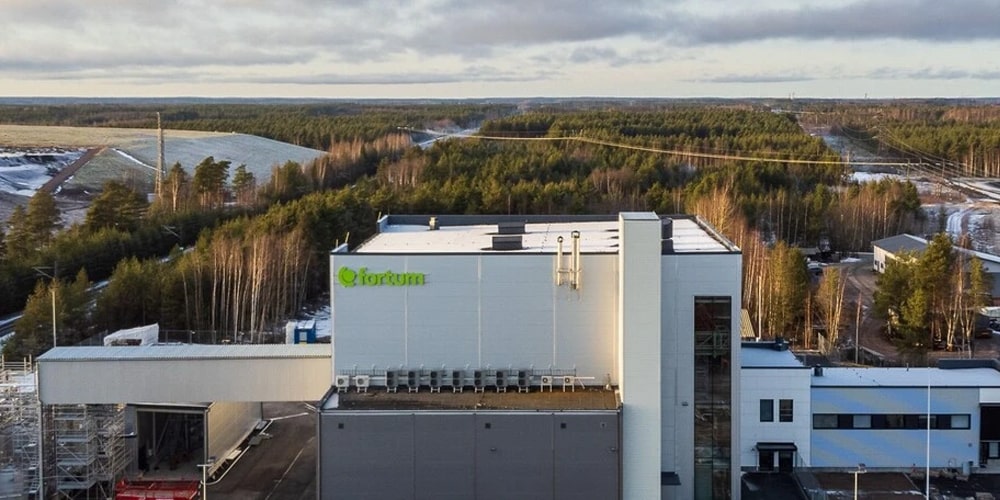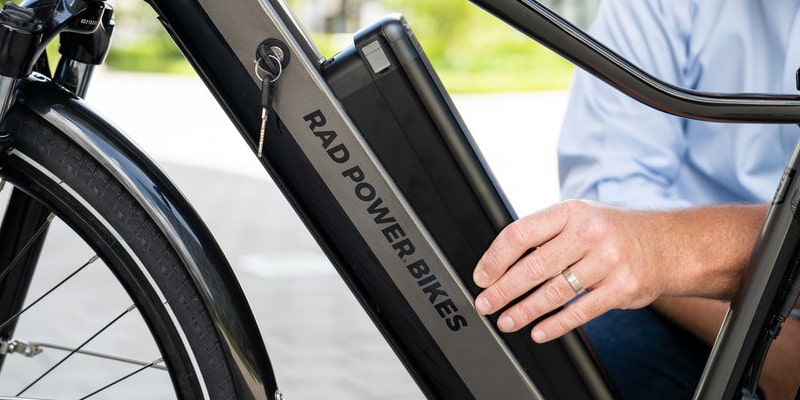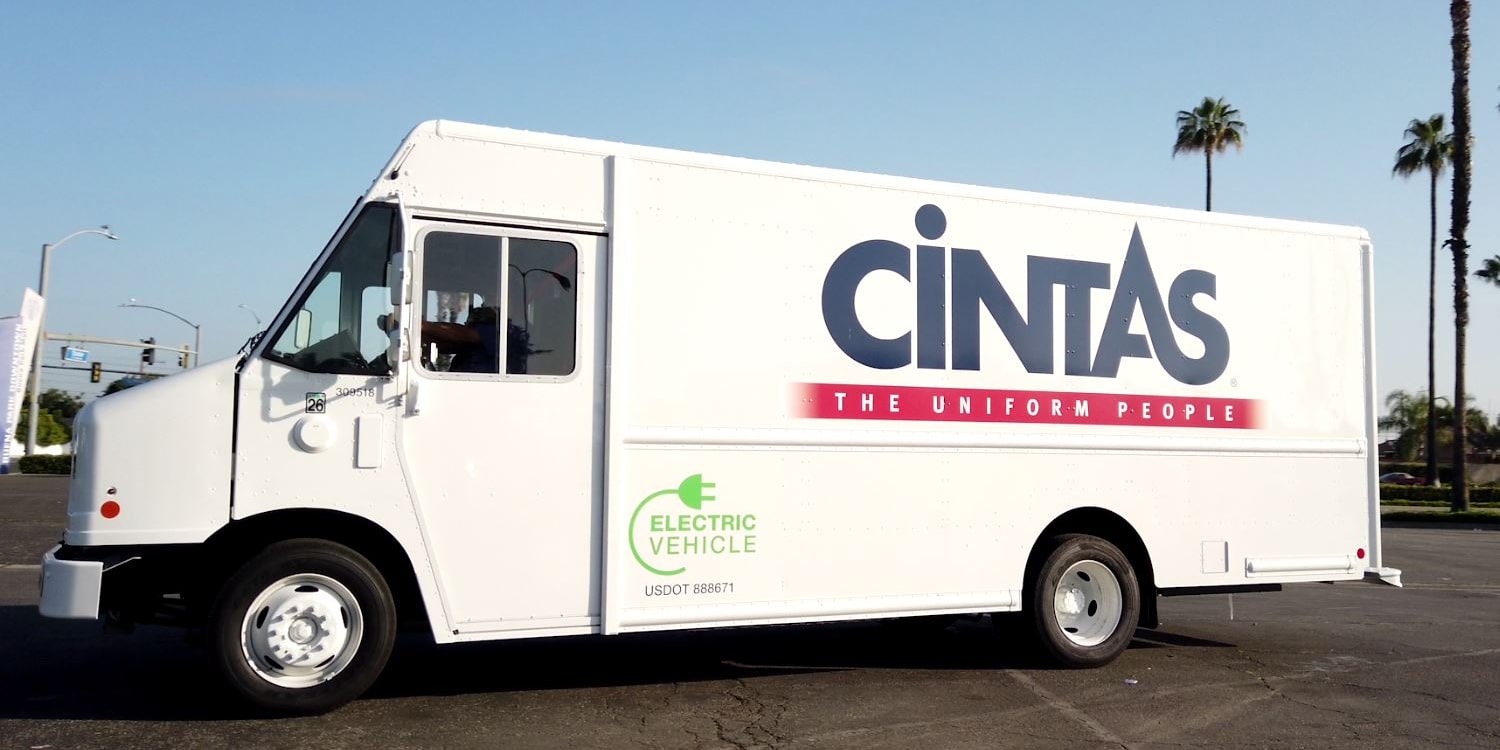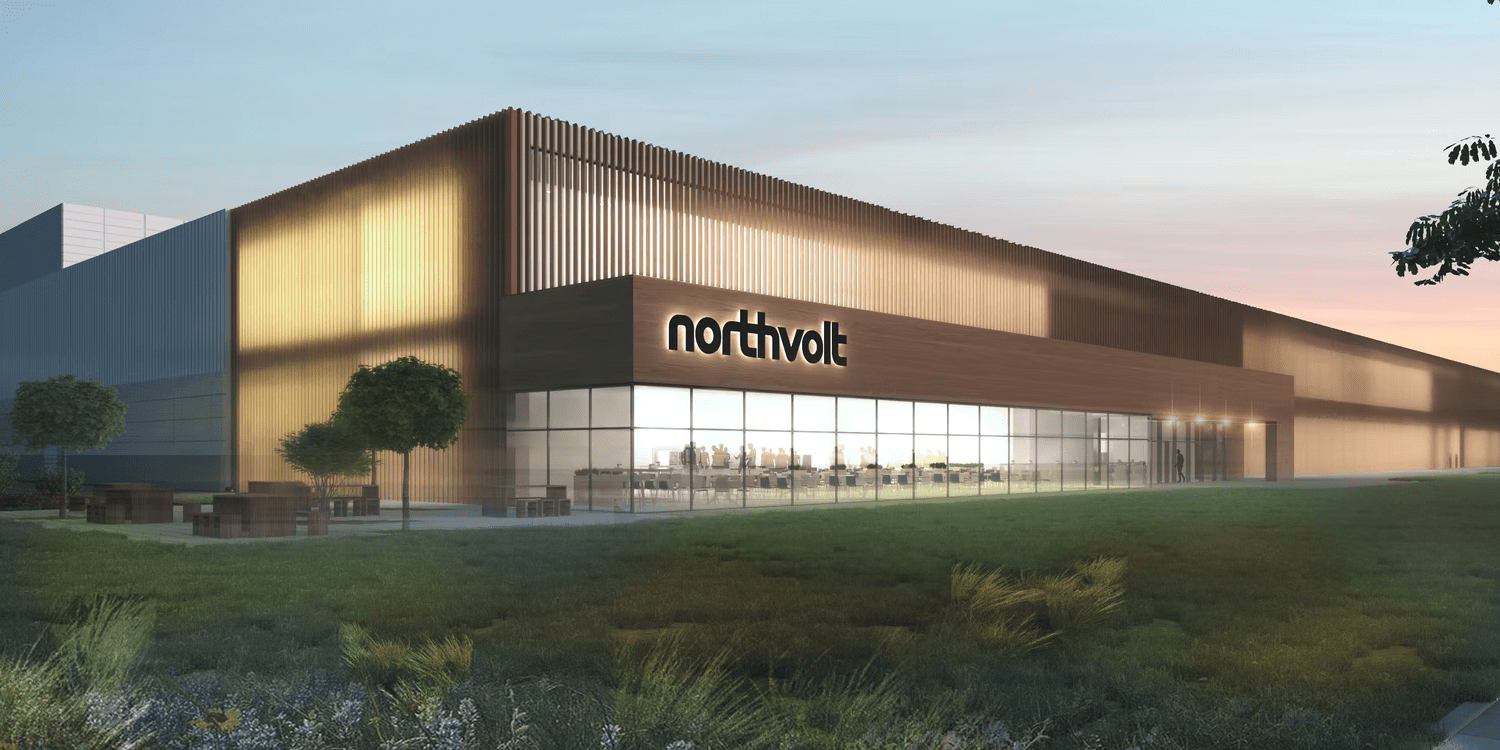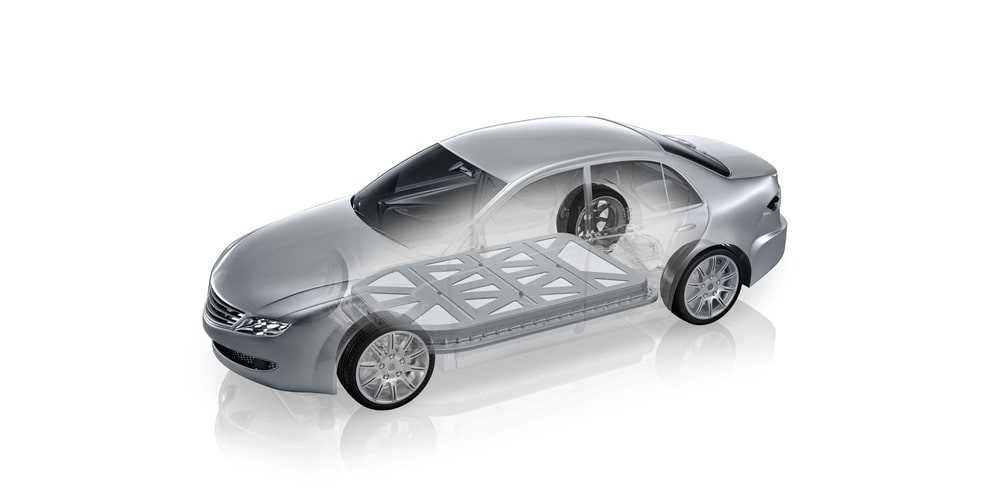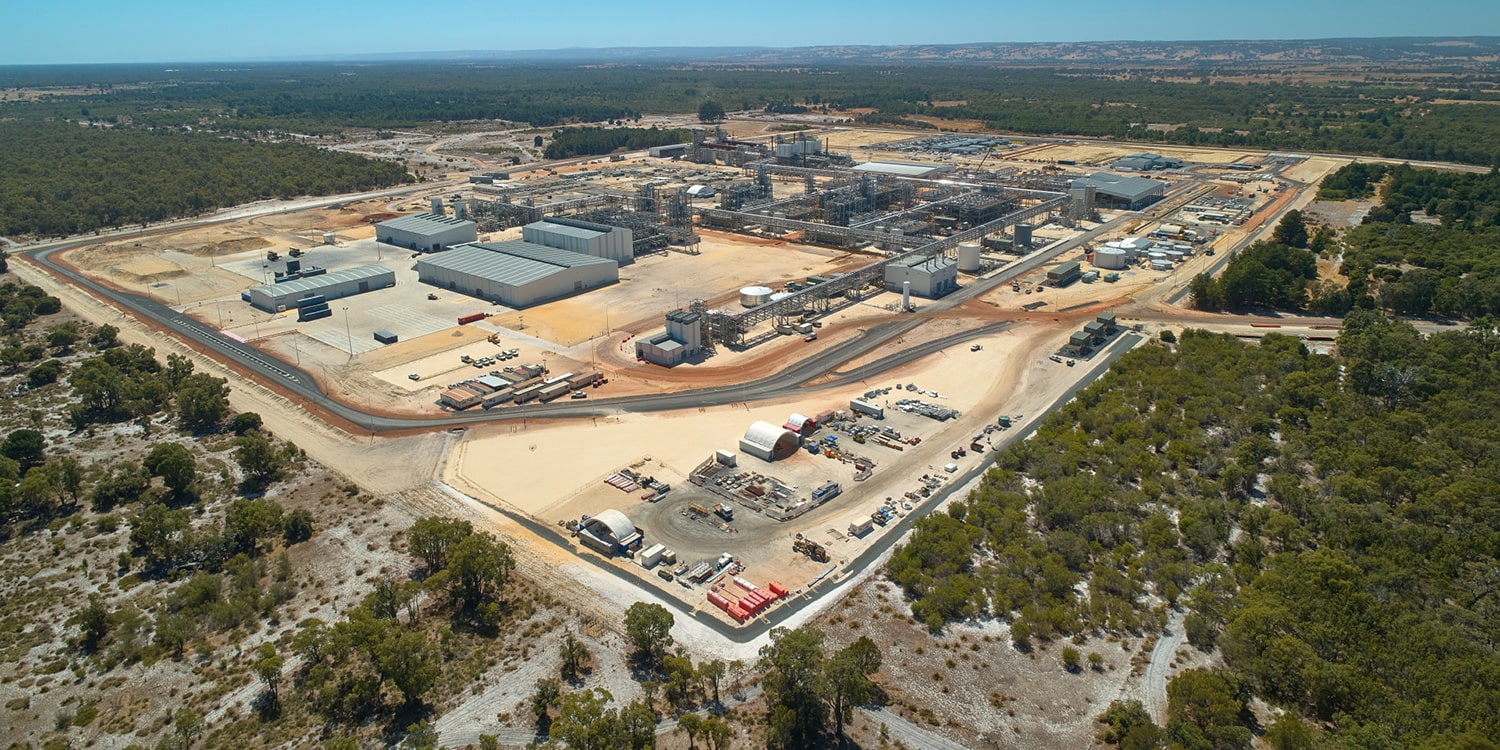Fortum, the Finnish state-owned energy company, has completed the construction of its lithium-ion battery recycling plant in Harjavalta, Finland. The new facility, which is the largest recycling plant in Europe in terms of capacity, combines mechanical and hydrometallurgical technologies to sustainably recycle end-of-life lithium-ion batteries and battery production waste on an industrial scale. The plant disassembles and mechanically processes the batteries at Fortum’s facility in Ikaalinen before collecting and transporting the resulting black mass, which contains critical metals, to Harjavalta for hydrometallurgical processing. This process recovers 95% of the valuable and critical metals from the black mass, which can be returned to the cycle for the production of new lithium-ion battery chemicals.
See also: Fortum Battery Recycling Begins Electric Vehicle Battery Recycling in Germany
Fortum already operated a pilot plant at the Harjavalta site and has now completed the expansion to an industrial-scale facility as planned. The company expects the new plant to meet the rising demand for sustainable battery materials among European battery manufacturers, thereby reducing Europe’s dependence on imported critical battery raw materials. The new facility, which is the first commercial-scale facility for hydrometallurgical recycling, is expected to provide a closed loop for battery recycling along the value chain in Europe.
Fortum’s hydrometallurgical battery recycling operations were shortlisted for the EU’s Innovation Fund for low-carbon technologies worth one billion euros in March 2021. The company has also received IPCEI grants from Business Finland to establish its recycling plants and processes. While not named here, Fortum is known to work with BASF and Nornickel.
According to Tero Holländer, Head of Business Line, Batteries, Fortum Battery Recycling, the demand for recycled battery materials is expected to increase dramatically over the next five to ten years due to new EU sustainable batteries regulation. Manufacturers need to prepare for legislative changes now, as the first minimum levels of recovery for materials such as cobalt, nickel, and lithium will come into force in 2026. Fortum’s new plant is expected to greatly ease this demand.
See also: Fortum and ZeroAvia Partner to Explore Hydrogen Infrastructure for Zero-Emission Flights
Holländer added that limiting the source of the recycled content only to end-of-life batteries and battery manufacturing scrap will not be enough for the needs of manufacturing industries. Instead, all waste streams containing critical metals must be harnessed. Fortum reportedly launched pre-treatment services in Kirchardt, Germany, for electric vehicle batteries in March. This is now combined with the mechanical process in Ikaalinen and hydrometallurgical metal recovery in Harjavalta. Fortum also works with industrial side streams with another novel hydrometallurgical process that produces a nickel intermediate product in Tornio.

